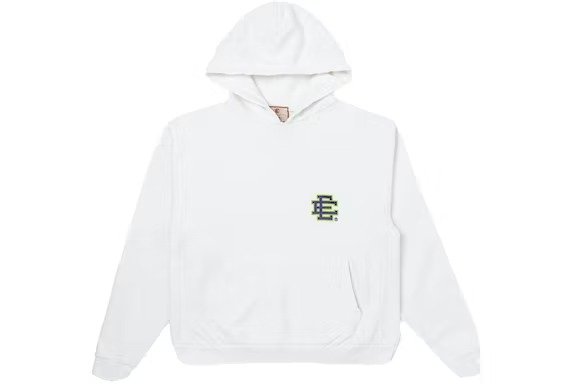Environmental Impact of Fast Fashion
The rise of fast fashion has led to an unsustainable cycle of production and consumption. Visit now https://ericemanuelclothing.shop/ The industry’s reliance on synthetic materials such as polyester contributes to microplastic pollution, while excessive water usage and chemical waste from dyeing processes wreak havoc on ecosystems.
Statistics That Demand Attention
- The fashion industry is responsible for 10% of global carbon emissions, more than aviation and shipping combined.
- Producing a single cotton T-shirt requires 2,700 liters of water, equivalent to three years’ worth of drinking water for one person.
Such figures underline the urgent need for change within the industry.
Why Ethical Production Matters
Ethical production isn’t just a moral imperative—it’s a business necessity. Exploitative labor practices, including poor working conditions and unfair wages, have long tarnished the industry’s reputation. Fashion leaders must adopt transparent practices that ensure the well-being of workers.
Key Strategies for Ethical Transformation
- Adopt Fair Trade Policies: Partner with suppliers that adhere to fair trade standards.
- Enhance Transparency: Use blockchain technology to trace supply chains and verify ethical practices.
- Support Local Artisans: Collaborating with local craftspeople can reduce carbon footprints while promoting cultural heritage.
By prioritizing ethics, brands can build trust and loyalty among conscious consumers.
Innovative Approaches to Sustainable Fashion
Innovation holds the key to a sustainable future. From circular fashion models to cutting-edge technologies, fashion leaders have myriad opportunities to revolutionize their operations.
Circular Fashion and Recycling Initiatives
- Clothing Recycling Programs: Brands like H&M and Levi’s have introduced in-store recycling bins to encourage consumers to return old garments.
- Rental and Resale Markets: Platforms such as Rent the Runway and Depop are promoting reuse over disposal, extending the lifecycle of clothing items.
Sustainable Materials and Technologies
- Organic and Regenerative Fibers: Switching to organic cotton or regenerative wool can drastically reduce environmental harm.
- Bio-Based Alternatives: Materials like Piñatex (made from pineapple leaves) offer eco-friendly substitutes to traditional leather.
- 3D Printing: This technology minimizes waste by producing garments with precision, reducing fabric offcuts.
Fashion leaders must embrace these advancements to stay competitive while meeting sustainability goals.
The Economic Benefits of Sustainable Practices
Contrary to popular belief, sustainable practices can enhance profitability. Check it now https://hellstarhoodieofficials.com/ Studies show that sustainable brands experience higher growth rates due to increased consumer loyalty and reduced operational costs.
Cost Savings Through Efficiency
- Energy-efficient machinery and renewable energy sources can lower production costs.
- Waste reduction initiatives streamline operations, saving money in the long run.
Capturing the Conscious Consumer Market
Today’s consumers are willing to pay a premium for sustainable and ethical products. By catering to this growing demographic, brands can secure a competitive edge.
Education and Advocacy: Fashion Leaders as Change Agents
Fashion leaders have a responsibility to educate consumers about sustainability. Through advocacy campaigns and transparent communication, they can inspire widespread change.
Raising Awareness
- Social Media Campaigns: Use platforms like Instagram and TikTok to share the benefits of sustainable fashion.
- Collaborations with Influencers: Partnering with eco-conscious influencers can amplify messaging.
Implementing Corporate Social Responsibility (CSR)
CSR initiatives demonstrate a commitment to ethical practices, enhancing brand reputation while contributing to social and environmental causes.
Conclusion: The Path Forward for Fashion Leaders
The urgent need for change in the fashion industry is undeniable. By prioritizing sustainability, ethical production, and innovation, fashion leaders can transform the industry into a force for good. The journey toward sustainability requires bold decisions, but the rewards—both for the planet and the bottom line—are immeasurable.





